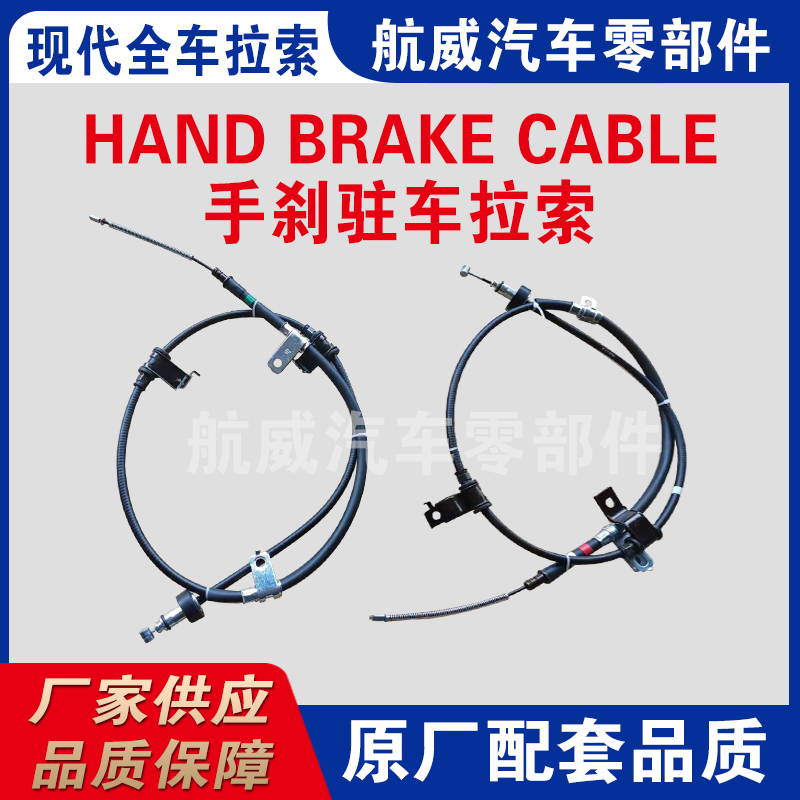Understanding the Function and Adjustment of Carburetor Accelerator Cables in Vehicles
Understanding the Carburetor Accelerator Cable Functionality and Importance
The carburetor accelerator cable is an essential component found in many internal combustion engine vehicles, particularly those that utilize a carburetor system rather than modern fuel injection. Understanding the role of the accelerator cable, its functionality, and its maintenance can be crucial for any automotive enthusiast or vehicle owner seeking to enhance performance or resolve issues related to the engine's throttle response.
What is the Carburetor Accelerator Cable?
The accelerator cable is a mechanical linkage that connects the accelerator pedal in the driver’s cabin to the throttle mechanism in the carburetor. When the driver presses the accelerator pedal, the cable pulls on a lever inside the carburetor, which in turn adjusts the throttle valve. This increase in airflow allows more fuel to enter the combustion chamber, leading to increased engine speed and power output.
Typically, the accelerator cable is made of a durable material such as stainless steel or nylon, ensuring that it can withstand the strain of regular use while providing smooth operation. Proper routing and tension of the cable are crucial for its performance, as any snag or misalignment can hinder acceleration response.
How it Works
When the driver presses the accelerator pedal, it activates a series of components connected via the accelerator cable. This action converts the mechanical movement of the foot into an equivalent opening of the carburetor's throttle plate. The throttle plate regulates the amount of air that flows into the engine, determining how much power is produced. A well-functioning accelerator cable allows for smooth transitions, ensuring that the driver can effectively control the vehicle's speed and responsiveness.
carburetor accelerator cable

Most carburetor systems also feature a return spring that helps to close the throttle plate when the accelerator pedal is released. This mechanism prevents the engine from racing out of control when the driver takes their foot off the pedal, providing better control and safety.
Common Issues and Maintenance
Like any mechanical component, the accelerator cable is subject to wear and tear over time. Common issues include fraying, stretching, or binding of the cable, which can lead to poor throttle response or a complete failure to accelerate. If the cable becomes stuck, it can pose a serious safety risk, as the driver may be unable to control the vehicle’s speed properly.
Maintenance of the accelerator cable is relatively straightforward. Regular inspections can identify any signs of wear, such as fraying or kinks in the cable. Keeping the cable lubricated can also ensure smooth operation and minimize friction, extending its lifespan. Moreover, if any signs of damage are detected, it is advisable to replace the accelerator cable immediately to maintain optimal performance and safety.
Upgrading Performance
For those seeking enhanced performance from their vehicles, aftermarket accelerator cables are available that may provide improved characteristics over stock cables. These performance cables are often designed to offer reduced friction, better responsiveness, and increased durability. Additionally, some enthusiasts opt for adjustable cables that allow fine-tuning of the throttle response to better match the specific performance needs of their vehicles.
In conclusion, the carburetor accelerator cable plays a crucial role in the operation of vehicles with carbureted engines. Understanding its function, keeping it well-maintained, and being aware of any potential issues can greatly enhance the overall driving experience. Whether you are a daily commuter or a weekend racer, ensuring that your accelerator cable is in top condition is key to a responsive and enjoyable vehicle performance.
-
Workings of Clutch Pipe and Hose SystemsNewsJun.04,2025
-
The Inner Workings of Hand Brake Cable SystemsNewsJun.04,2025
-
The Secrets of Throttle and Accelerator CablesNewsJun.04,2025
-
The Hidden Lifeline of Your Transmission Gear Shift CablesNewsJun.04,2025
-
Demystifying Gear Cables and Shift LinkagesNewsJun.04,2025
-
Decoding Clutch Line Systems A Comprehensive GuideNewsJun.04,2025
